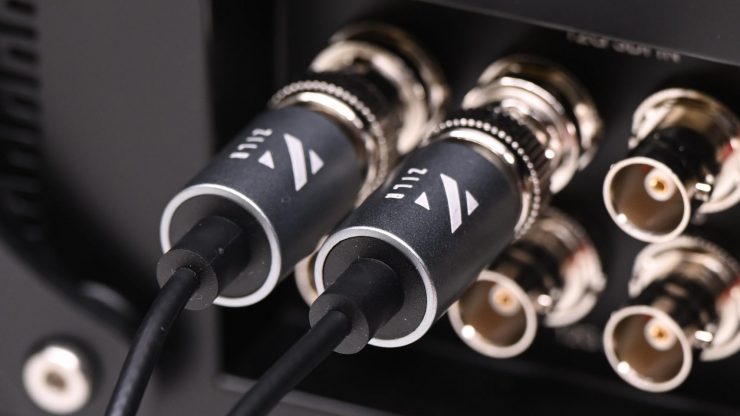
I have seen quite a few posts on forums recently about SDI failures. It is important to know why they happen and what you can do to avoid them. I have previously written posts about this, but the more information about this issue that is out there, the better.
SDI input and output failures can happen to all types of video gear, cameras, recorders, and monitors. Some failures are caused by ESD (electrostatic discharge). This can happen when power and SDI cables are attached in the wrong order, or when connecting long cables (greater than 10 meters / 30 feet).
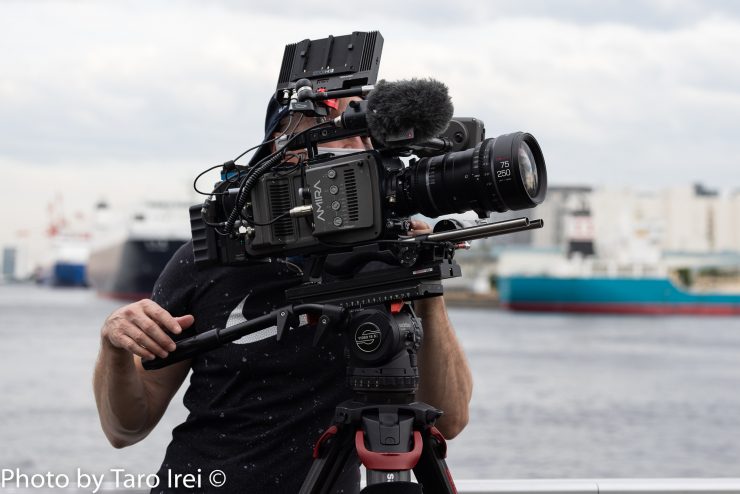
Under certain conditions, the SDI outputs of cameras can be damaged through a power surge. So how do you avoid this from happening? Well, the best practice is to connect the power and BNC cables in a particular order and to also use shielded power cables and high-quality undamaged BNC cables. If you really don’t want to be that person who is screaming because their SDI port just got fried, then be careful what SDI cables you buy. Buying a generic brand on Amazon might save you a few bucks, but if you are using expensive digital cinema cameras or other equipment is it really worth the risk?
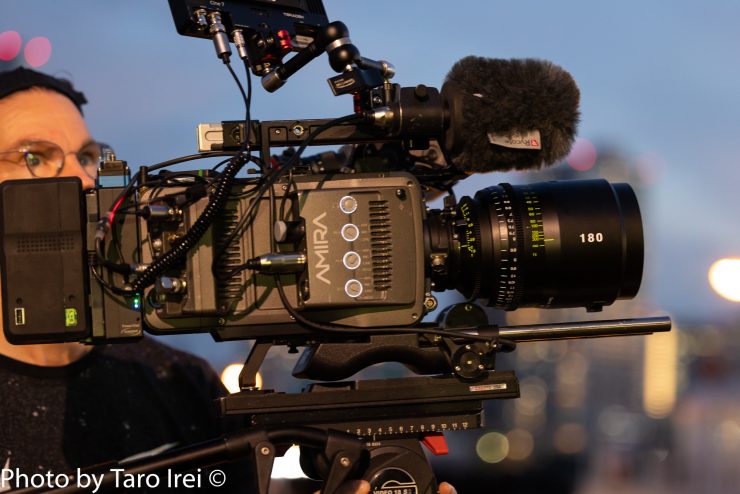
SDI outputs on cameras can get damaged when an accessory is connected to the SDI output and is powered through an unshielded cable. All cameras, and other SDI devices, no matter who makes them, can be affected by this. This problem is even more prevalent with cameras that feature SDI connections capable of SDI 6G or higher. It doesn’t matter even if you only ever use them at lower bit rates like SDI 1.5G.
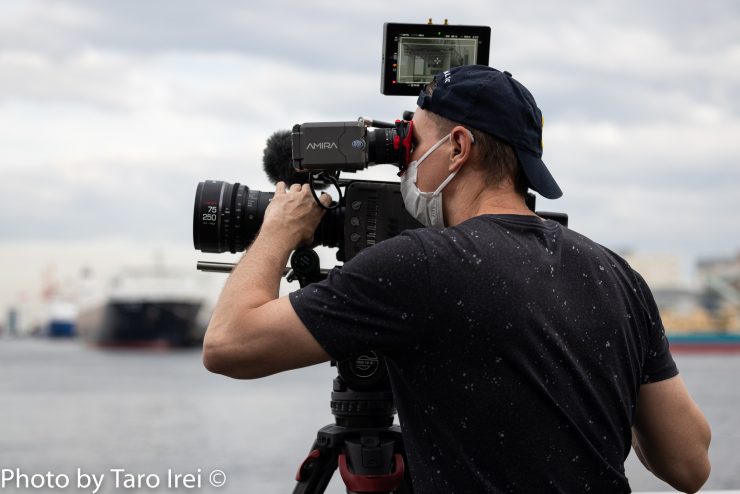
So why does the damage occur? Damage to an SDI connection can occur when connecting an unshielded power cable to an accessory that is already connected to the SDI output of the camera. If the plus pin is contacted before the negative pin, the BNC cable will close the current circuit resulting in fatal damage to the included SDI driver chip because it is not designed to handle such high currents. Conversely, this problem can also occur when disconnecting an unshielded power cable of an accessory that is still connected to the SDI output of the camera. Again, and I can’t stress this enough, don’t use damaged or low-quality BNC cables because you are playing with fire.
The best habit to get into is to practice the following:
- When you are setting up your equipment ALWAYS connect the power cable to your accessory first and then the SDI cable before powering on the camera
- Once you have finished using your equipment, ALWAYS remove the SDI cable first and then the power cable
If you want to go a step further with protection you can also buy an SDI Isolator Cable, however, the caveat with any SDI isolator is that it can reduce signal quality as well as restrict the maximum length of the cable you can use.
One of the other items to be very careful of is D-Tap/P-Tap connectors. Because these are made out of plastic they don’t have any shielding. If you are going to use a D-Tap/P-Tap you should follow the same practices that are mentioned above.
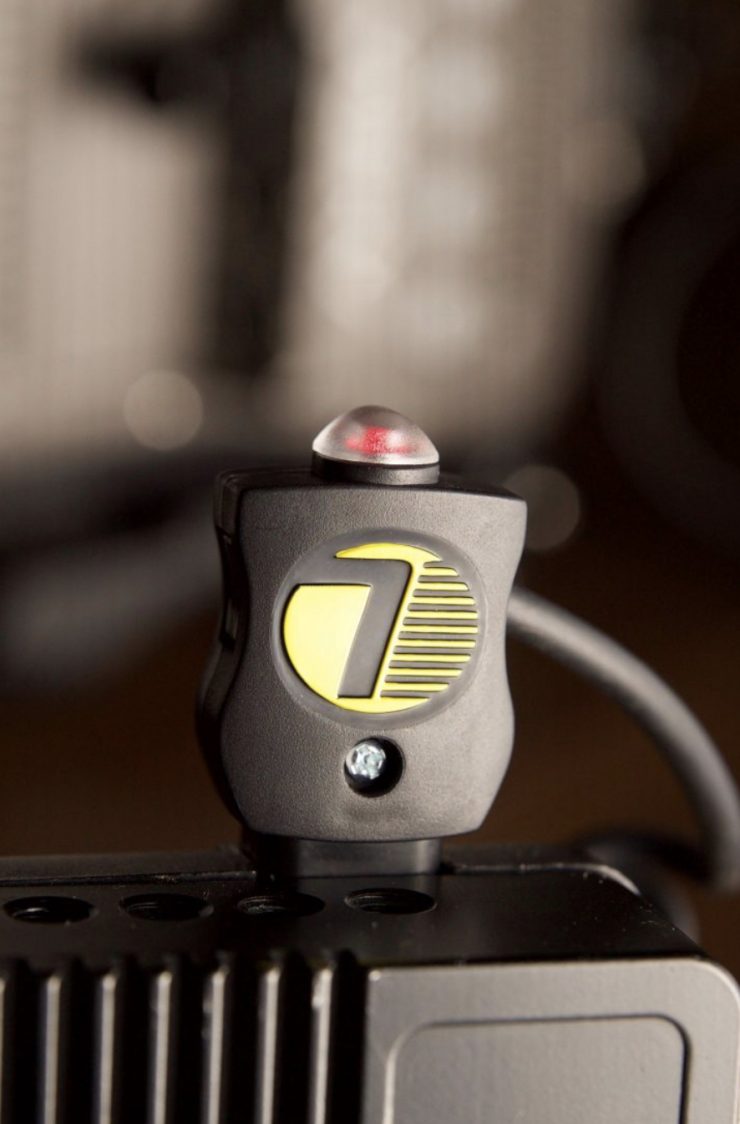
If you are going to use D-tap connectors I highly recommend installing Lentequip SafeTap Connectors. What Lentequip has done is incorporate equipment protection with patented technology into a P-tap connector. What this does is provide built-in intelligence monitors that look for reverse polarity, over/under voltage, and short circuits, as well as preventing battery deep discharge.
What about when using long SDI cables?
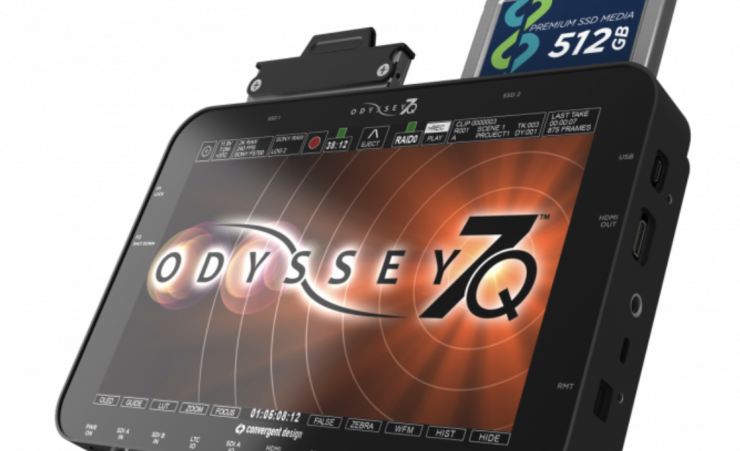
Convergent Design also issued some good advice recently if you are going to be using SDI cables that have a greater length than 10 meters / 30 feet. This was in direct response to some users having SDI issues with their Odyssey monitor/recorders. The best option is to probably connect a 75 Ohm terminator to the end of the SDI cable where other equipment is attached (this would also require a female-to-female BNC coupler). You can then connect the far end of the SDI cable to the camera. The final step would be to remove the 75-ohm terminator and coupler and plug the SDI cable into the attached accessory or device. The 75-ohm terminator will effectively discharge static electricity built-up within the SDI cable.
It is good to see companies such as Convergent Design still offering advice and service for products that have been discontinued for many years.





